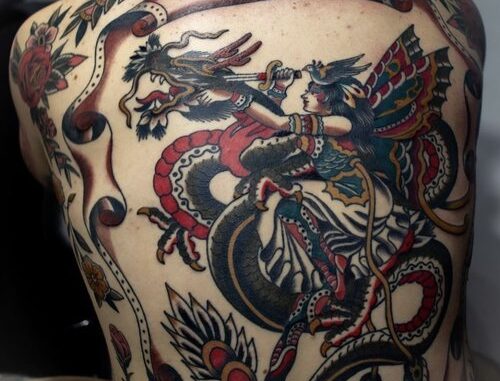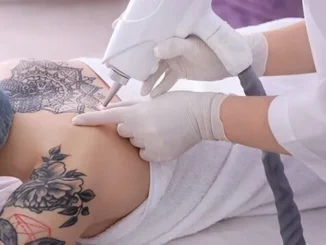
Traditional Tattoos and Their History: An In-Depth Look by Ryan Ashley
Tattoos have long been a medium of personal expression, cultural identity, and artistic exploration. Among the diverse styles and techniques that have emerged over the centuries, traditional tattoos stand out for their historical significance and deep-rooted symbolism. To shed light on this fascinating subject, we turn to Ryan Ashley, a prominent figure in the world of tattoo artistry known for her expertise and passion for traditional tattooing.
The Origins of Traditional Tattoos
Traditional tattoos, often referred to as “old-school” tattoos, have a rich history that spans various cultures and time periods. In the Western context, the roots of traditional tattoos can be traced back to the early 20th century, particularly with the rise of American traditional tattooing. This style was popularized by pioneers like Norman “Sailor Jerry” Collins, whose bold and iconic designs laid the groundwork for what we now recognize as traditional tattoos.
Sailor Jerry, a former sailor and tattoo artist, is credited with standardizing the American traditional tattoo style. His work was characterized by thick black outlines, vibrant primary colors, and designs that often included nautical themes, such as anchors, ships, and swallows. These motifs were not just aesthetic choices; they carried specific meanings and were imbued with a sense of adventure and rebellion.
Symbolism and Meaning
Traditional tattoos are rich in symbolism, with each design element carrying its own unique meaning. For instance:
- Sailor Tattoos: Sailor tattoos were deeply tied to maritime culture. Anchors represented stability and a desire to return home safely. Swallows were symbols of hope and a sailor’s safe return, with the belief that if a sailor completed a certain number of voyages, the swallows would guide them home.
- Skulls: Often associated with death, skull tattoos in traditional designs were also symbols of overcoming adversity and living life to the fullest. They served as reminders of the fragility of life and the strength needed to face its challenges.
- Roses: Roses are another common motif in traditional tattooing. They symbolize love, passion, and the balance between beauty and pain. The use of bold, bright colors in rose tattoos emphasizes their vibrant and enduring nature.
- Eagles and Hawks: These birds of prey represent strength, courage, and freedom. They are often depicted in flight, symbolizing the power to rise above challenges and the pursuit of one’s aspirations.
The Evolution and Preservation of Traditional Tattooing
As tattooing evolved, traditional styles began to merge with other techniques and cultural influences. While contemporary tattoo artists have introduced a myriad of styles and innovations, traditional tattoos remain a cherished and respected form. Ryan Ashley, known for her intricate and modern take on traditional designs, plays a crucial role in preserving and revitalizing this classic style.
Ryan Ashley’s approach to traditional tattoos involves a deep respect for the historical context while incorporating contemporary elements. Her work bridges the gap between past and present, ensuring that traditional tattoos continue to resonate with new generations. By blending classic motifs with modern artistry, she keeps the essence of traditional tattooing alive while making it relevant to today’s tattoo enthusiasts.
Conclusion
Traditional tattoos are more than just ink on skin; they are a testament to human creativity, cultural expression, and personal storytelling. Through the work of artists like Ryan Ashley, we can appreciate the enduring legacy of traditional tattooing and its significance in our ever-evolving world. These tattoos not only reflect the artistry of the past but also continue to inspire and influence the future of tattoo culture.



Be the first to comment